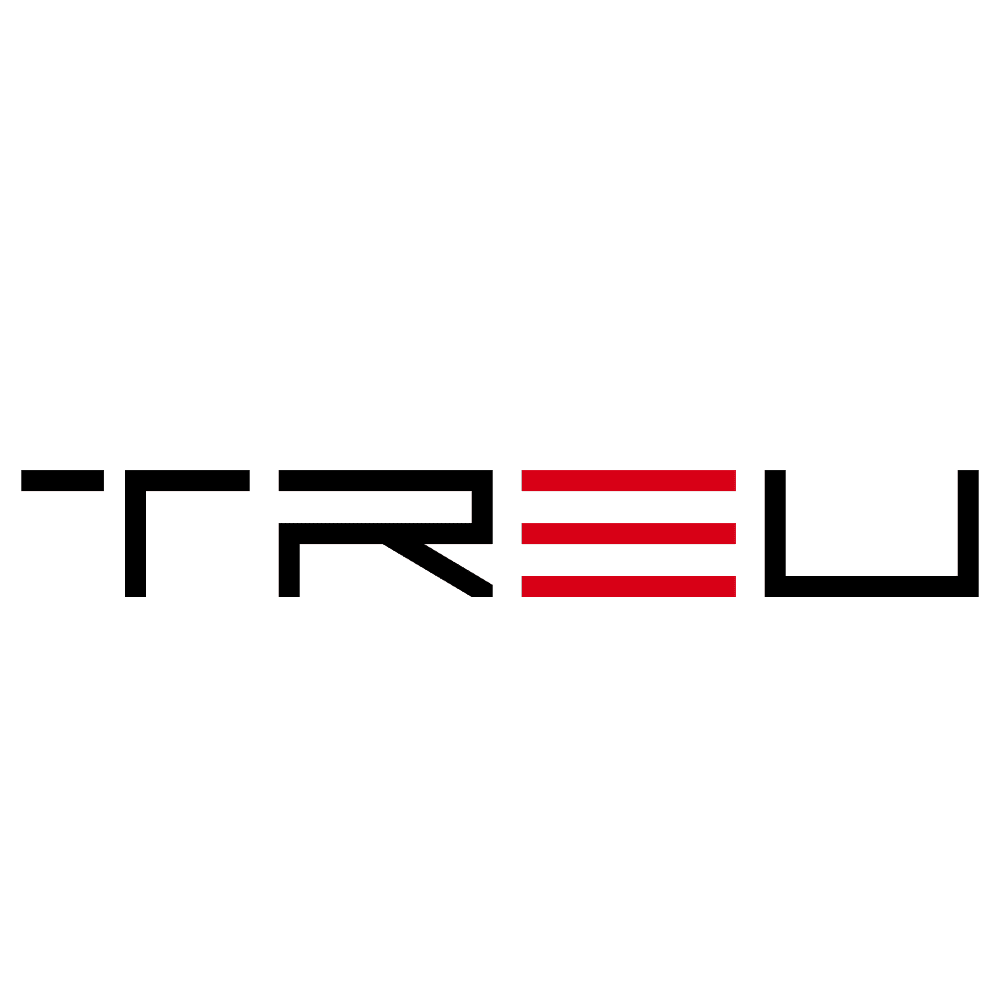AI Outpaces Cybersecurity Governance as Threats Rapidly Accelerate
The New Era of AI-Driven Cyber Threats
Artificial Intelligence (AI) has catalyzed a revolution across industries, but its rapid development is also exposing critical vulnerabilities in cybersecurity. As AI tools become more sophisticated—and more accessible—they are enabling cybercriminals to launch advanced attacks at unprecedented speed and scale. While AI is being harnessed for good, including in enhancing detection and incident response, its darker uses are outstripping current regulatory and defense mechanisms.
The result? A cybersecurity landscape where threats are evolving faster than the policies designed to manage them.
AI: A Double-Edged Sword in Cybersecurity
On one hand, AI significantly boosts the capabilities of cybersecurity systems. Machine learning algorithms can:
- Automatically detect anomalies in network traffic
- Analyze vast data sets in real time to identify potential breaches
- Predict emerging threats through behavioral patterns
However, the same AI advancements are being exploited by malicious actors. Cybercriminals are now leveraging AI for:
- Phishing automation through hyper-personalized emails
- Deepfake technology to impersonate executives and manipulate transactions
- AI-driven malware that learns and adapts to bypass emerging defense systems
This dual-use nature of AI is creating an arms race between the defenders and the attackers.
The Regulatory Lag
Governments and regulatory bodies are struggling to keep pace with the velocity of AI innovation. While initiatives like the EU’s AI Act and the U.S.’s National AI Initiative Act aim to introduce oversight, these policies move slowly compared to the rapid evolution of threats.
Current challenges in governance include:
- Lack of standardization: Different countries and companies use inconsistent AI security frameworks.
- Limited legal clarity: It is often unclear who is liable in the event of an AI-enabled cyberattack.
- Reactive policy-making: Most regulations respond post-incident rather than proactively managing risks.
The gap between AI capabilities and regulatory infrastructure widens with each passing day, leaving organizations exposed to a growing range of threats.
Real-World Consequences
The accelerating disparity between AI development and cybersecurity governance is not just theoretical—it has real-world implications. Recent years have seen a surge in high-profile cyberattacks with AI playing a pivotal role. Some alarming statistics:
- 42% of organizations were targeted by AI-powered attacks in 2023, up from 14% just three years earlier.
- Email impersonation attacks using AI-generated deepfakes increased by 800% in the last 12 months.
- Ransomware developed using machine learning now adapts in real-time, reducing detection rates by over 50%.
In sectors like finance, healthcare, and critical infrastructure, the stakes are even higher. Sensitive data breaches not only threaten individual privacy but also national security and economic stability.
Key Areas Vulnerable to AI-Augmented Cyber Attacks
As AI continues to evolve, specific sectors are facing increasing pressure:
1. Financial Services
Banks and fintech companies are prime targets for AI-driven attacks. Algorithms are now used to:
- Bypass fraud detection systems through dynamic transaction masking
- Exploit vulnerabilities in trading platforms using high-speed AI bots
2. Healthcare Systems
Medical records are incredibly valuable on the dark web, and AI is making it easier to extract them. AI tools can:
- Navigate Electronic Health Record (EHR) systems to exfiltrate data stealthily
- Manipulate diagnostic tools by injecting subtle changes invisible to human eyes
3. Critical Infrastructure
From energy grids to water treatment facilities, critical infrastructure is increasingly digital—and increasingly vulnerable.
- AI malware can breach Industrial Control Systems (ICS) with little to no human oversight
- Autonomous threat agents can learn the system’s behavior and design customized attacks
Strategic Solutions for a Complex Challenge
Addressing AI-native threats requires a multi-layered and forward-thinking approach. Companies and governments must collaborate to form a proactive defense strategy that includes:
1. Investing in AI-Driven Defense Systems
Organizations must not only respond with traditional firewalls but also deploy equally smart AI systems that can anticipate attacks. This includes:
- Behavioral analytics trained on large datasets to distinguish normal vs. abnormal activity
- AI-based threat hunting algorithms to autonomously seek out vulnerabilities
2. Dynamic Cybersecurity Governance
Governance must evolve from static frameworks to agile, real-time models.
- International cyber norms and treaties must be established to govern AI behavior
- Cross-border collaboration for threat intelligence sharing is vital
- Regulatory sandboxes can allow testing of AI systems in monitored environments
3. Enhancing Human-AI Collaboration
Instead of AI replacing human analysts, the future lies in a human-machine partnership.
- Cybersecurity professionals must be trained to work alongside AI tools
- Ethical AI design principles should be embedded in R&D efforts
4. Prioritizing Explainability and Transparency
As AI systems become more autonomous, understanding their decision-making is critical. This includes:
- Implementing “black-box” testing to audit AI algorithms
- Ensuring transparency in AI usage across organizations
Conclusion: Shifting From Reactive to Resilient
The digital future will be built on AI—in its promise and its peril. As AI reshapes the cyber landscape, the traditional “detect and respond” model is no longer enough. Governance frameworks and defense strategies must rethink their approach, shifting from reactive measures to resilience-focused designs.
In this high-stakes race, agility, collaboration, and innovation will define who leads—and who lags—behind the curve.
To thrive in this new era, both public and private sectors must unite behind a singular goal: building trustworthy, transparent, and secure AI ecosystems. Only then can we match, and eventually outpace, the threats that AI now helps to create.

